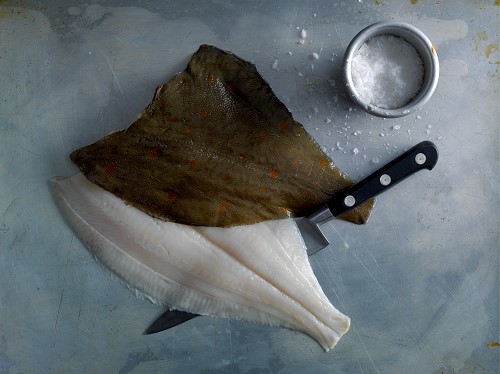3 Tips On How To Fillet a Fish

So, you’ve got your hands on some top-quality, fresh-as-they-come fish for your latest menu creation. Now, you just have to fillet it up and get it ready to use. Simple, right?
Well, sometimes. Filleting fish is an art; once you’ve got the technique, there’ll be no holding you back. But until then, badly filleting fish can result in ruined produce, potentially costly wastage, as well as generally being bad from a sustainability standpoint. No one likes unnecessary food waste.
To help make sure that this doesn’t have to happen, we’ve put together some of our top tips to help you get filleting fish like a pro.
1. Make sure you have a sharp filleting knife
One of the most important factors when it comes to filleting a fish well is the knife you’re using. If you want to do a job well, you need to have the right tools, and a sharp filleting knife will make everything a lot easier. Filleting knives have thin, flexible blades which can be directed easily, helping you to make thin, precise cuts.
You may have heard the saying that 'a sharp knife is a safe knife', and there’s definitely some truth in this. A sharp knife means less struggling or forcing the blade, making it less likely that there'll be an accident.
2. Use the bones of the fish as a guide
When it comes to getting started with your filleting, you can use the bones of the fish as a guide for making your cuts. Bring your knife down along the backbone of the fish, keeping the blade close to the spine, in order to help make sure that you don’t damage any of the delicate flesh. Use smooth gliding motions with the blade to help - you want to avoid any hacking or sawing movements.
3. Keep the type of fish in mind
When it comes to fish, there are tons of different shapes, sizes and styles. Keep this in mind when you’re filleting. No two fish are the same, so if you approach them all with the same filleting style, you’re going to lose out. Whether you’ve got fresh little Sardines, gorgeous chunky Salmon, or a flat fish like Skate, you need to adapt your technique and make sure your filleting knife is the right size. From removing the guts to when you detach the head, small details can make all the difference.
Want to learn more?
If you want to know more about how to fillet fish, we’ve got you covered. Check out our filleting knowledge videos, where you’ll find everything from tips on preparing the whole squid to how to fillet sardines.




